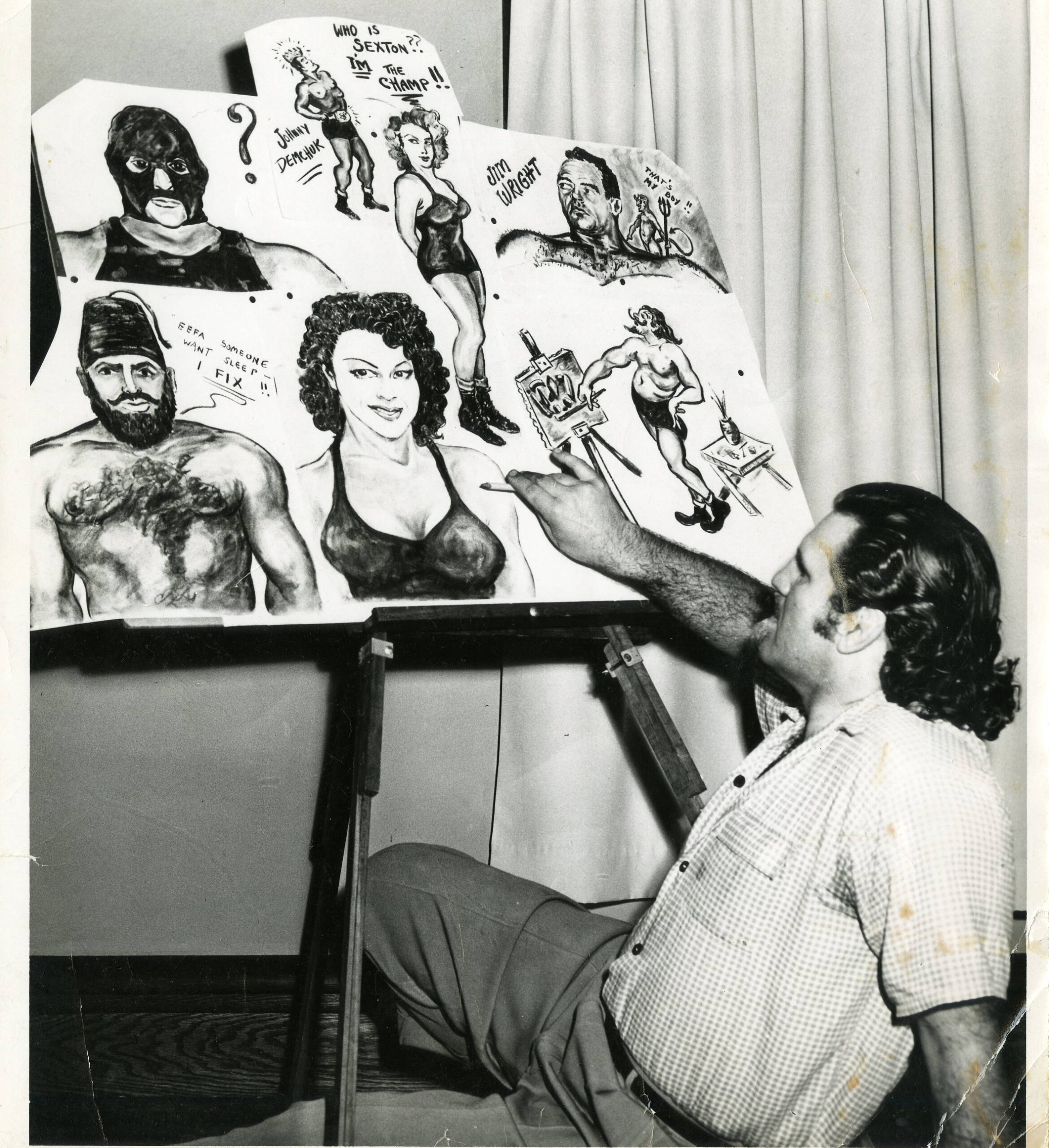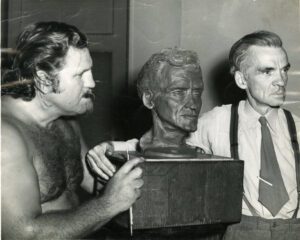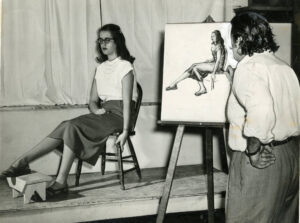It’s Time for the Main Event: “Wild Bill Zim” and Haft’s Acre

Professional Wrestling is a sport full of physicality and athleticism. Wrestlers are dedicated to putting on a good show. The heels (bad guys) and baby faces (good guys) use their larger-than-life stage personas to elicit a response from the fans, cheering or jeering in appreciation for their performances in and around the ring.
Before the super stars of the All-Elite Wrestling (AEW) and World Wrestling Entertainment (WWE), we had the strong men of the golden age of wrestling, putting their bodies and lives on the line to convey storylines and provide sports entertainment to the masses. They would compete in feats of strength and comedy, as people gathered in small arenas to watch.

One such arena was Haft’s Acre (Columbus, Ohio) located at the northeast corner of Park Street and West Goodale Boulevard. Haft’s Acre was an outdoor arena operated by Albert C. Haft (former wrestler turned promoter and trainer). He founded the Midwest Wrestling Alliance and was one of the founding members of the National Wrestling Alliance in 1948.
It is impossible to speak of the golden age of wrestling, and Haft’s Arce, without mentioning “Wild Bill Zim.” Walter B. Zim was born in 1913, as Walter Zmitrowicz. He left home at 14 to join the military, and during his time with the Marines, learned how to box and wrestle. These skills served him well in future jobs as a Hollywood stunt man and Professional Wrestler. “Wild Bill” started wrestling with the Ringling Brothers Circus, as “Tarzan of the Elephants,” in 1933. After World War II, he wrestled all over the central and eastern United States. His many wrestling nicknames included “The Man from Mars”, “the Children’s Choice,” and the “Shirley Temple of the bone-bending business.” During his wrestling career [1933-1956] he performed in more than 1,400 matches. His last bout was on December 29, 1956, against George Arnold Dahmer (aka “Chief White Owl”) in Akron, Ohio.

Zim’s time in the military also helped him to pursue other creative activities. Since 1941, the GI Bill has helped qualifying Veterans and their family members get money to cover all or some of the costs for school or training. It was this benefit that allowed Zim to attend the Columbus College of Art & Design (CCAD). During his time at school, Zim started a family and continueS wrestling. He was a talented artist and sculptor, who often incorporated his life’s travels into his work. He would create caricatures, portraits, and busts of fellow wrestlers or other individuals that he met along the way. CCAD’s Digital Archive features photographs of Zim’s work and captures his playful nature.
Walter Bill Zim died on November 21, 1993, at the age of 80. His obituary states, “though he was ferocious in the ring, he was a gentle man outside of it. He could sing like Crosby and accompany himself on the guitar.” Zim’s contributions to the golden age of wrestling, have no doubt served to inspire future greats like Sting, Stone Cold Steve Austin, and Maxwell Jacob Friedman (MJF).
So, when the bell rings and the announcer bellows, “this match is scheduled for one fall with a 20-minute time limit,” think of greats, like Wild Bill, before the opponent is pinned, the ref counts to three, and the match is over.
Thank you to Aimee Truitt, Catalog & Metadata Coordinator at the Ohio History Connection, for this week’s post!



Leave a Reply
You must be logged in to post a comment.